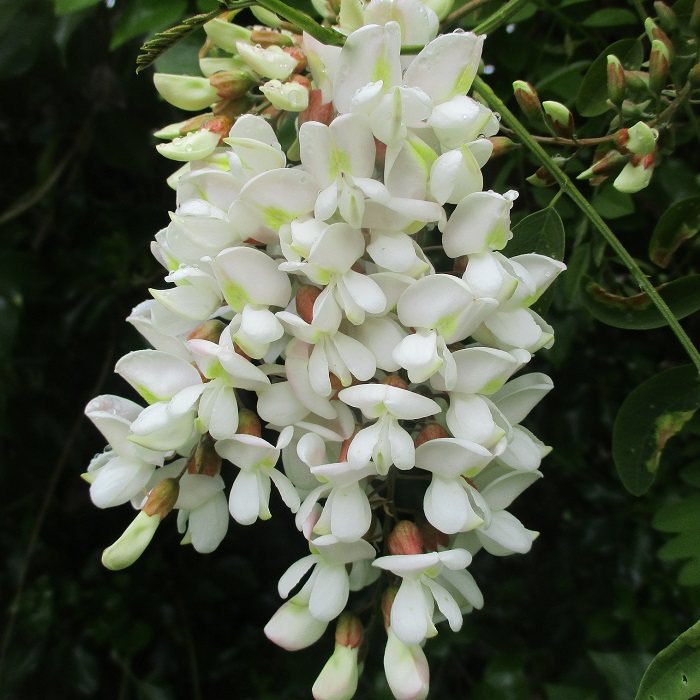UNITED STATES—Winter storms sometimes break limbs or topple trees. Such damage is no surprise during winter because that is when almost all windy weather happens here. Early storms during autumn might be more damaging because deciduous trees are less aerodynamic prior to defoliation. Nonetheless, falling trees and limb failure typically associate with wind.
That is why spontaneous limb failure is such a surprise when it happens, typically during pleasantly mild or warm weather of spring or early summer. It is more likely without wind than with it. Humidity, although atypical here, is a contributing factor. Healthy trees within riparian situations or lawns are more susceptible than distressed trees in drier situations.
Particular types of trees are more susceptible to spontaneous limb failure as well. Valley oak, coast live oak, sweetgum, carob, some pines and various eucalypti may shed limbs after an unusually rainy winter or an increase of irrigation. Riparian trees, such as willow, cottonwood, box elder and sycamore are notorious for shedding big limbs unexpectedly.
Wind is not necessary for a tree to become a victim of gravity.
Spontaneous limb failure occurs if limbs are unable to support their own increasing foliar weight. Bloom can add significant weight too. Warmth promotes the vascular activity that increases foliar weight. Humidity and insufficient air circulation inhibit evapotranspiration (evaporation of foliar moisture), which typically compensates for increasing foliar weight.
As the terminology implies, spontaneous limb failure occurs suddenly, and often without warning. It is therefore potentially very dangerous. It is common among limbs that exhibit no prior structural deficiency. Even experienced and educated arborists who are familiar with vulnerable tree species cannot identify and mitigate all potentially hazardous limbs.
Arborists often suggest pruning to limit the weight of trees that are innately susceptible to spontaneous limb failure. However, limbs that are already sagging from their own weight are risky to engage. Most damage occurs in spring and early summer. Fruit trees that are too productive can succumb to the weight of fruit as it ripens through summer or autumn.
Highlight: Black Locust
The natural ranges of black locust, Robinia pseudoacacia, likely included only the Ozark Mountains, the Ouachita Mountains, and the Appalachian Mountains south of New York. Early American colonists planted it elsewhere before botanists documented its origins. It was notably used for firewood, durable lumber, erosion mitigation, and soil conditioning.
Modern cultivars are less useful for such applications, but are more appropriate for home gardens. Regardless of elegantly lofty form, delightfully finely textured foliage, and richly fragrant white bloom, the species is aggressively invasive and wickedly thorny. Cultivars can bloom pink or rosy pink, lack thorns, and develop more compact and shapely forms.
Bloom resembles that of wisteria, with many small flowers hanging in pendulous trusses. Deciduous foliage, which was absent through winter, appears in conjunction with bloom, but does not obscure it. Individual leaves are pinnately compound, with small leaflets on central rachises (stalks). Most modern cultivars will not get much more than forty feet tall, to make moderate shade.
Horticulturist Tony Tomeo can be contacted at tonytomeo.com.






